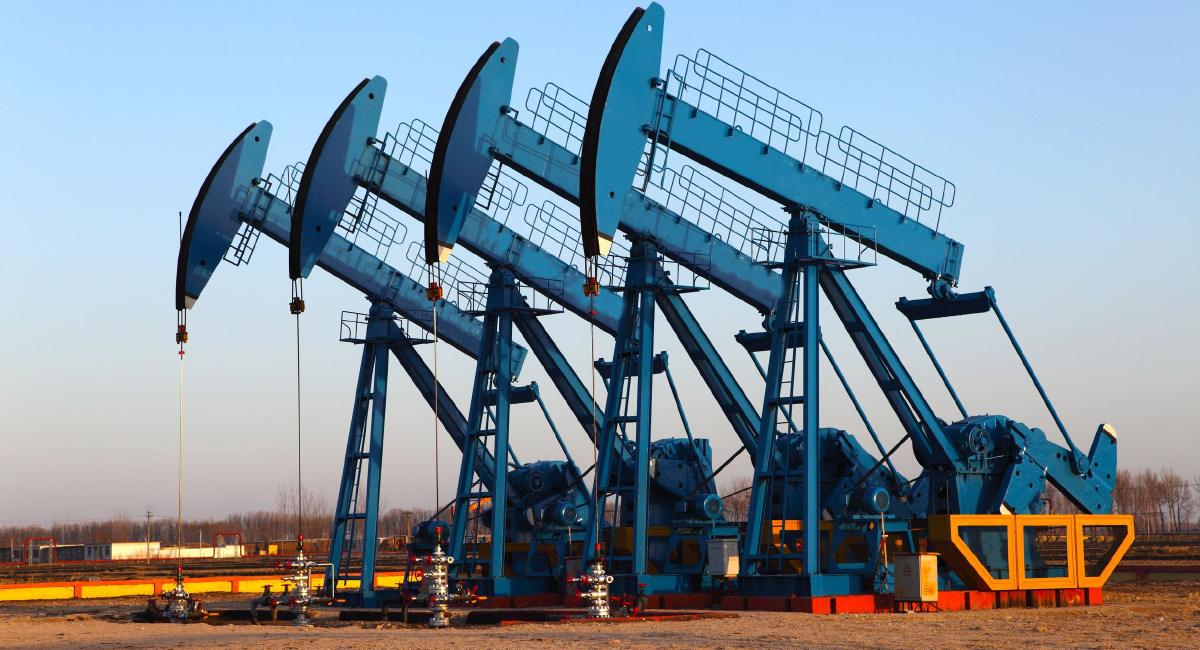All eyes are on China as the nation takes unprecedented measures in attempt to control the outbreak of the deadly Coronavirus, which has already reached a handful of other countries, including the United States. While these nations’ leaders must work to address this global health crisis, other pressing issues that also affect millions in the United States and China, such as the ongoing trade war, cannot be forgotten.
In December, the United States and China agreed to a “Phase One Deal,” reducing levies on some goods and preventing new tariffs from going into effect. The United States is in the driver’s seat as never before in the global energy market and the Phase One Deal is progress but, until the trade war with China is resolved, U.S companies and consumers could be in for a bumpy ride and missed economic opportunities.
In recent years, the right mix of growing global demand, technological innovation that freed vast domestic oil and gas reserves, and regulatory reform, along with lifting the export ban on crude oil, has made the United States the world’s top oil and gas producer. In fact, it is now on the cusp of being a net energy exporter for the first time since World War II. That seismic shift means vast new domestic economic opportunities as well as expanded influence and responsibility in the global energy market.
In September, a drone attack on a production facility of Saudi Arabia’s Aramaco threatened to disrupt supplies and sent oil prices soaring. The Trump Administration calmed allies with its resolve in the face of Iranian aggression and calmed markets by tapping the Strategic Petroleum Reserve to mitigate supply disruptions. Perhaps more important, though, was knowledge (or threat thereof) of immediate production expansions from America’s extensive reserves.
Those actions epitomized why the United States must embrace more fully its role as the world’s biggest producer and exporter. The world’s appetite for oil and gas is increasing, which is great for U.S. producers and refiners as well as companies all over the world that are interlinked in a complex supply chain.
However, until differences between China and the United States over trade are resolved and tariffs come down, U.S. companies will miss potential commercial opportunities, just as tariffs have squandered the benefits of the president’s tax cuts. Continued trade wars likewise could prompt China to turn to Iran, Russia, and other countries, many of whom have policies that diverge from U.S. interests, for its long-term energy needs.
On its face, it makes no sense for the United States, the world’s top oil and gas producer, to undercut its access to China, one of the world’s largest and fastest growing energy markets. Unfortunately, senselessness is becoming more of a reality every day. Because of the trade war, China has imposed tariffs on U.S. oil, liquefied natural gas (LNG) and liquefied petroleum gas (LPG), commonly known as propane and butane. Those actions mean fewer U.S. export opportunities—and fewer domestic jobs.
China’s protectionism undermines U.S. interests for many reasons. As a practical matter, abundant yields from hydraulic fracturing, or fracking, have forced U.S. oil and gas producers to look for markets beyond our borders. Government data show that domestic energy consumption has essentially remained flat in recent years. Fortunately, exports are on the rise, doubling in just the past five years. No combination of solar, wind and other renewables can meet present or future energy needs in the U.S., let alone those of developing countries.
Last year’s slump in prices underscored the importance of expanding export opportunities. If, however, producers are less confident in recovering their investments, U.S. oil and gas infrastructure—extraction activities, equipment, refineries, storage facilities, pipelines and export terminals—eventually will suffer. If the prospect of expanding export markets, such as sales to China, is uncertain, capital spending linked to exports could be sidelined further.
The trade war continues to undermine U.S. oil and gas producers in other ways. As tariffs increased the prices of parts and equipment they had imported from China, producers have turned to other sources of supply. In many cases, inferior equipment, delivery problems, and other factors have disrupted operations, harmed bottom lines, undermined competitiveness and resulted in higher prices for consumers. Every tariff China imposes worsens those conditions.
To be sure, the United States is not China’s only buyer of energy imports, but it has leverage. Over the summer, U.S. oil exports to China spiked as a 5% tariff on U.S. oil loomed. Even after the tariff was imposed, Unipec, a Chinese refinery, chartered tankers to ensure supplies of U.S. crudey. But don’t expect such moves in the future. The longer tit-for-tat tariffs define U.S.-Sino economic relations, the more China will seek to untether its energy demands from U.S. supplies.
U.S. consumers, manufacturers, farmers, and small businesses have adjusted as well as could be expected to the higher prices, supply disruptions, and lost export sales that followed President Trump’s launching of a trade war, but such pain is not sustainable—and is avoidable. China’s leaders, in the meantime, can ill-afford to let the trade battle with the United States contribute further to the slowing economic growth that threatens their power.
It is time for China and the United States to resolve their differences. Deeper and stronger trade and investment ties, particularly in the energy arena, will unleash trade flows, invigorate supply chains, and boost economic growth. Tariffs and other forms of protectionism are a lose-lose game.











